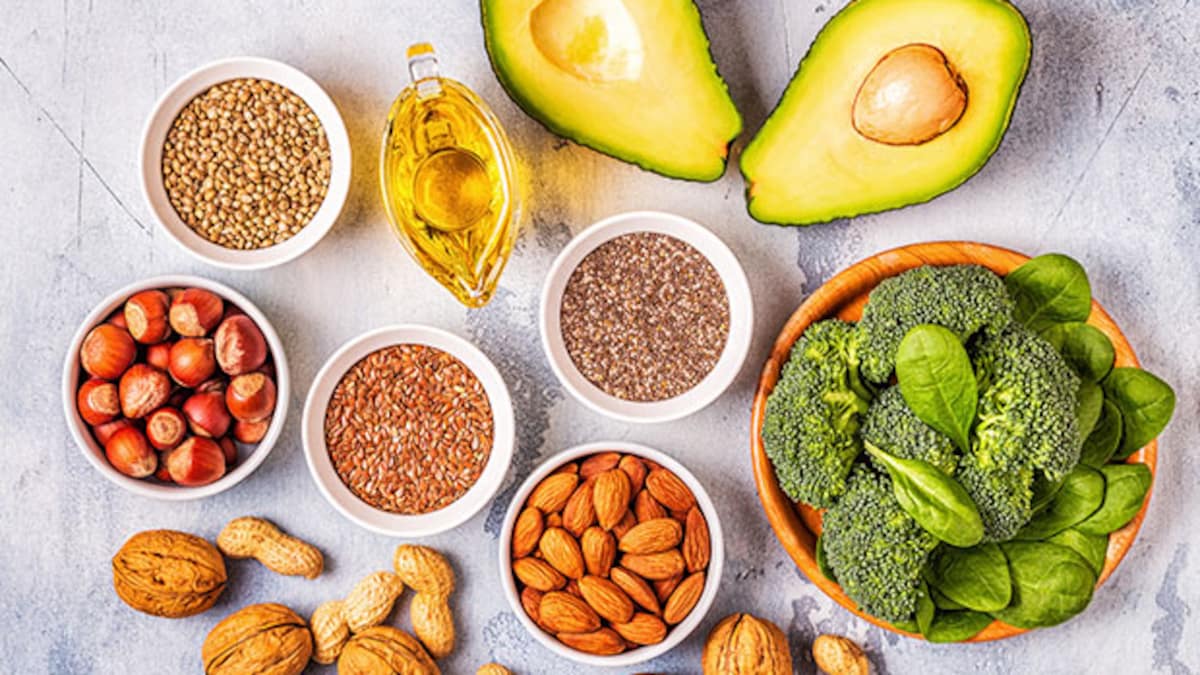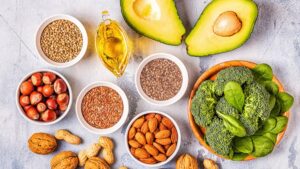
Omega-3 fatty acids are essential nutrients that support heart health, brain function, and reducing inflammation. While fatty fish like salmon and mackerel are often touted as the best sources, there are plenty of plant-based alternatives for those who don’t eat fish. Here’s how to boost your omega-3 intake without seafood.

Understanding Plant-Based Omega-3s
Plant sources primarily contain alpha-linolenic acid (ALA), which the body partially converts to EPA and DHA (the omega-3s found in fish). While this conversion is less efficient, consuming adequate plant sources can still significantly contribute to your omega-3 needs.
Top Non-Fish Omega-3 Sources
Flaxseeds and Flaxseed Oil
Flaxseeds are omega-3 powerhouses, containing about 2.5 grams per tablespoon. Grind them fresh for maximum absorption or use cold-pressed flaxseed oil (which provides 7 grams per tablespoon). Add ground flaxseeds to smoothies, oatmeal, or yogurt, or use the oil in salad dressings.
Chia Seeds
These tiny seeds pack about 5 grams of omega-3s per ounce. They’re incredibly versatile—make chia pudding for breakfast, add them to smoothies, or use as an egg substitute in baking.
Walnuts
A quarter-cup serving provides about 2.7 grams of ALA. Enjoy them as a snack, chop them into salads, or blend into sauces and dips.
Hemp Seeds
With about 3 grams of omega-3s per tablespoon, hemp seeds have a mild, nutty flavor that works well in smoothies, on salads, or sprinkled over roasted vegetables.
Algae Oil Supplements
For those wanting the benefits of direct EPA and DHA (like in fish), algae oil supplements are the only plant-based source of these omega-3 types. This is what fish consume to accumulate their omega-3s in the first place!
Everyday Ways to Incorporate Plant Omega-3s
- Start your day with an omega-3 boost by adding ground flaxseeds, chia seeds, or walnuts to your breakfast cereal, yogurt, or smoothie
- Use flaxseed oil in place of other oils in cold applications like salad dressings
- Snack on walnuts instead of processed foods
- Add hemp hearts to virtually any dish for a nutrient boost
- Consider algae oil supplements for direct EPA and DHA intake
Enhancing Omega-3 Absorption
- Consume omega-3 foods with some healthy fat to improve absorption
- Store nuts and seeds in the refrigerator to prevent rancidity
- Grind flaxseeds just before eating for maximum nutritional benefit
- Limit consumption of processed foods high in omega-6 fatty acids, which can compete with omega-3 absorption
The Bottom Line
You don’t need to eat fish to get heart-healthy omega-3s. By regularly incorporating these plant-based sources into your diet, you can maintain good omega-3 levels and support your overall health. As with any nutritional change, consistency is key—make these foods regular parts of your meals rather than occasional additions.
For those with specific health concerns or conditions, consult with a healthcare provider about your omega-3 needs and whether supplementation might be beneficial alongside dietary sources.